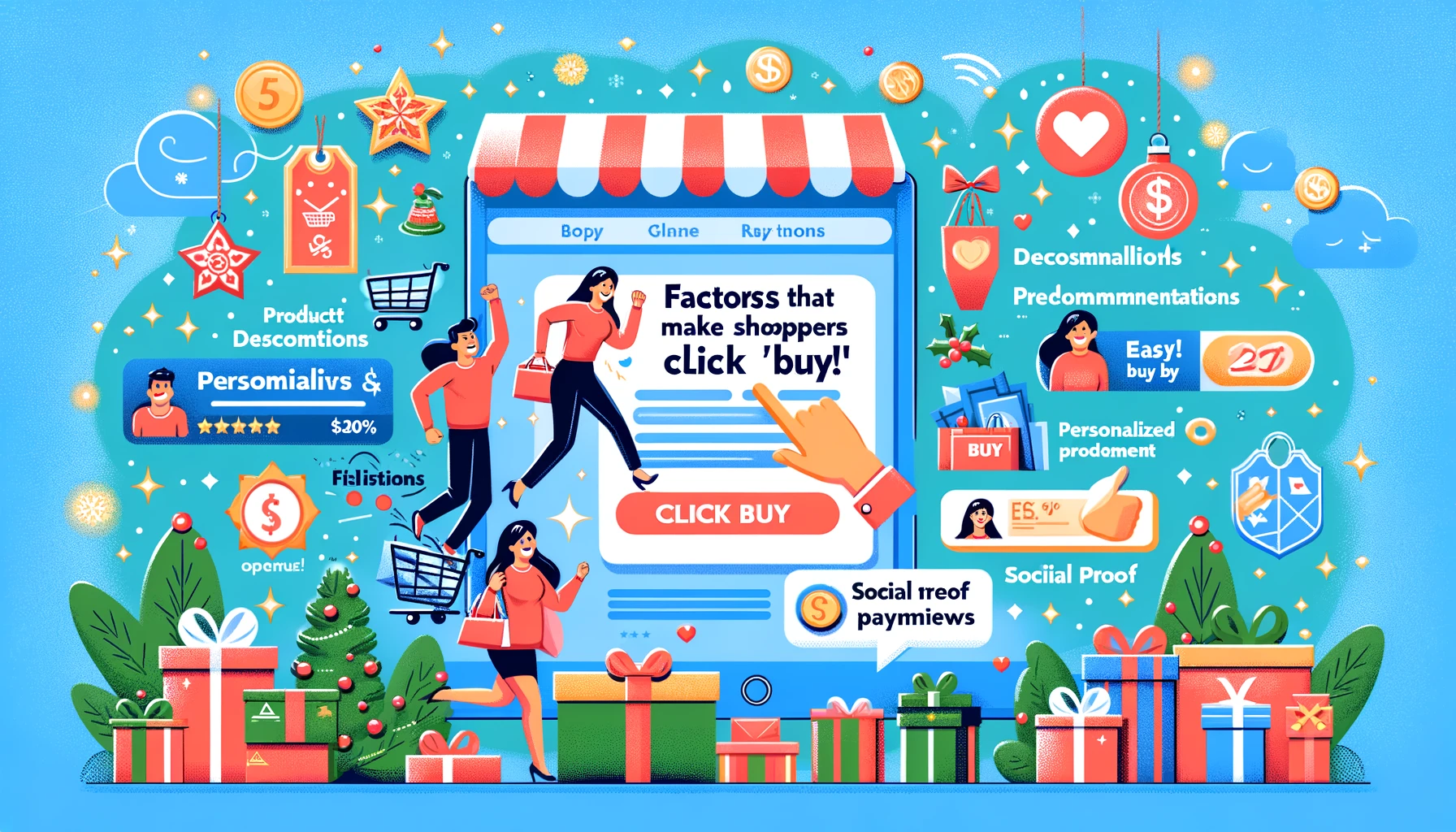1. Market Research and Planning for Multi-Vendor Marketplace
Before diving into development, thorough market research is crucial. Identify your target audience, their needs, and preferences. Analyze competitors and existing marketplaces to understand what works and what doesn’t. Define your unique selling proposition (USP) that sets your platform apart. A well-defined business plan outlining your goals, revenue model, and marketing strategy will guide your development process.
2. Choose the Right Platform
Deciding whether to build from scratch or use existing marketplace solutions depends on factors like scalability, customization options, security, and budget. Consider platforms like Shopify, Magento, or WordPress with plugins like WooCommerce or Dokan. Assess the pros and cons of each option before making a decision.
3. Design and Development
Design an intuitive UI/UX that prioritizes ease of use and smooth navigation. Develop essential features such as robust search functionality, detailed product listings, user profiles, reviews and ratings, secure payment gateways, and efficient order management systems. Ensure your platform is mobile-responsive to cater to users accessing it on various devices.
4. Vendor Onboarding and Management
Create a seamless onboarding process for vendors, including registration, product listing, and verification. Implement tools for vendor management such as performance tracking, communication channels, and dispute resolution mechanisms. Offer resources and support to help vendors maximize their success on your platform.
5. Security and Compliance
Security is paramount in any online marketplace. Implement robust measures to protect user data, transactions, and sensitive information. Ensure compliance with regulations such as GDPR, PCI-DSS, and consumer protection laws to build trust with both buyers and sellers.
6. Payment Integration
Integrate secure payment gateways to facilitate seamless transactions between buyers and vendors. Offer multiple payment options such as credit/debit cards, digital wallets, and bank transfers to cater to diverse user preferences.
7. Marketing and Promotion
Develop a comprehensive marketing strategy to attract both buyers and sellers to your platform. Utilize various channels such as social media, content marketing, email campaigns, and influencer partnerships. Offer promotional incentives such as discounts, coupons, and loyalty programs to encourage engagement and repeat business.
8. Launch and Testing
Conduct thorough testing to identify and fix any bugs or issues before launch. Consider soft launching the platform to a limited audience for initial feedback. Incorporate user feedback to make necessary adjustments and improvements before the full launch to ensure a smooth and successful rollout.
9. Customer Support
Provide reliable customer support channels such as live chat, email, and FAQs to assist users with any inquiries or issues they may encounter. Offer timely assistance to both buyers and sellers to enhance their experience and build trust in your platform.
10. Continuous Improvement
Monitor key metrics such as traffic, conversion rates, and customer satisfaction to gauge the platform’s performance. Gather feedback from users and stakeholders to identify areas for improvement. Regularly update the platform with new features, enhancements, and security patches to stay competitive and meet evolving user needs.





